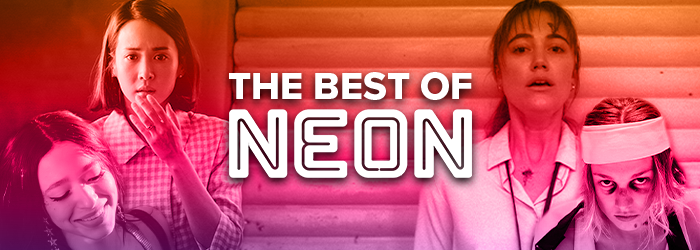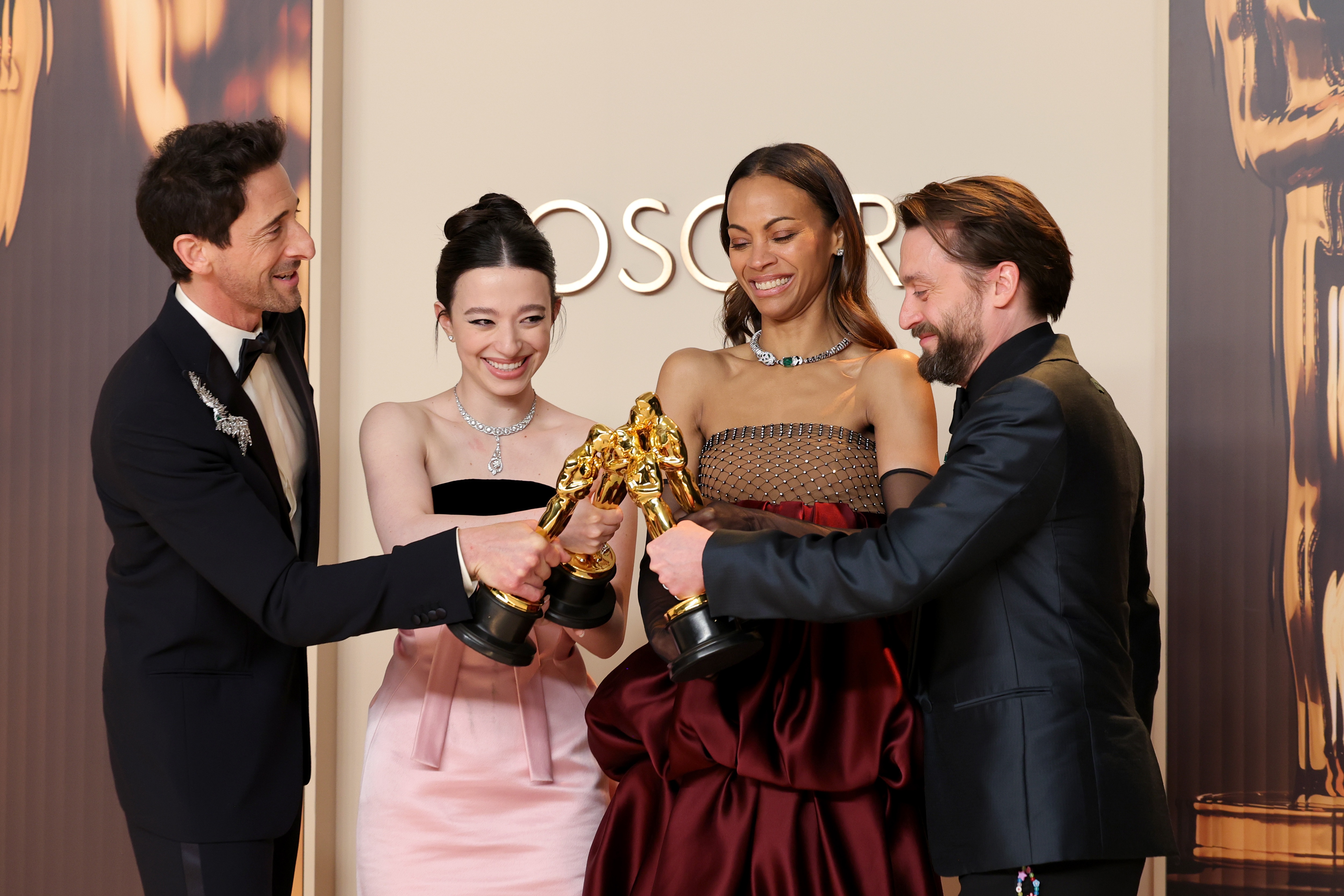Exploring the Clichés and Charm of ‘So Bad It’s Good’ TV Dramas
The 2020s have given rise to a peculiar subgenre of television dramas that thrive on their unintended comedy and melodrama, creating a cult-like following. Series such as ‘The Room: The Series’ and ‘Gossip Girl’ (2021) have managed to skate that fine line between quality storytelling and absurdity, enticing viewers to indulge in the cringe-worthy experiences they offer. The joy derived from these shows often stems from their outlandish plots, over-the-top performances, and questionable production quality, which ironically make them highly entertaining. Notably, fan engagement with social media and meme culture amplifies their appeal, turning these shows into shared experiences among audiences who revel in their flaws.
Beyond the Surface: The Appeal and Challenges of Bad TV
Understanding the allure of ‘so bad it’s good’ TV dramas requires delving into viewer psychology and cultural shifts. Today’s audience seeks entertainment that defies traditional norms; they crave authenticity and humor in unexpected places. However, it’s crucial to note that while the campy nature of these dramas often invites laughter, it also raises questions about production values and audience expectations in the streaming landscape. With platforms being saturated with quality content, the unique charm of subpar shows serves as a double-edged sword. These programs garner cult followings, but their presence can also overshadow emerging talent and well-written narratives that deserve recognition.
Looking Ahead: The Evolution of Camp in Television
As we move through the decade, the persistence of ‘so bad it’s good’ dramas is likely to continue, capitalizing on the social media age that thrives on sharing moments of collective amusement. Observing the rise of audience participation, viewers can expect more interactive formats where they can engage with the absurdity of these dramas. The entertainment industry might also witness a gradual acceptance of high-quality, intentionally campy content, blending genres that embrace imperfections. Ultimately, the continued existence of these shows may compel writers and producers to experiment further, leading to a fascinating blend of genuine creativity and entertainment.
Why These TV Flops From the 2020s Became Audience Favorites
Television history has seen its share of unexpected phenomena, but the 2020s brought forth a unique trend where certain TV shows initially considered flops managed to captivate audiences and garner a devoted fan base. While at first glance this seems contradictory, a closer look unveils intriguing reasons why these ‘flops’ turned into unexpected favorites.
One key factor in this phenomenon is the evolving nature of audience preferences. Traditional metrics of success, like ratings, no longer hold the same weight in the era of streaming services and on-demand viewing. Shows that might have struggled in traditional network environments found new life and loyal followings on platforms like Netflix, Hulu, or Amazon Prime.
Moreover, the element of surprise plays a significant role. When a show is initially marketed as a ‘flop’ or receives mixed reviews, viewers often approach it with lowered expectations. This unique position allows these series to exceed the low bar set by early criticisms, leading to positive word-of-mouth buzz as viewers discover hidden gems overlooked by the mainstream.
Another crucial aspect is the power of niche appeal. Some of these TV flops resonated with specific communities or subcultures in profound ways. By catering to a particular audience segment with authenticity and relatable storytelling, these shows fostered a dedicated fan base that championed them, even when the broader audience failed to connect.
Ultimately, the unpredictable journey from TV flop to audience favorite speaks to the dynamic landscape of modern television consumption. It underscores the shifting dynamics in how we define success in the industry and highlights the significance of audience engagement and empowerment in shaping the narrative of what constitutes a ‘hit’ show in the 2020s.
The Charm of Modern TV Disasters: Must-See 2020s Series
Experience the allure of modern TV disasters with these captivating and binge-worthy series from the 2020s.
Unveiling the Best of the Worst
Explore the mesmerizing chaos and thrilling drama that unfold in these must-see TV disasters of the 2020s. From jaw-dropping plot twists to unforgettable character meltdowns, these shows will leave you on the edge of your seat.
Common Pitfalls to Avoid
While indulging in the excitement of these series, beware of plot holes that may distract from the storyline. Stay alert for inconsistent character development to fully immerse yourself in the turbulent world of modern TV disasters.
Our Love for Flawed TV: Exploring Cult Classics from This Decade
Breaking Down the Headlines
Delving into the world of television, the concept of cult classics has continued to evolve in this decade. Audiences have shown a particular fondness for series that may not have gained mainstream popularity but have garnered a dedicated following due to their unique and sometimes flawed characteristics.
The Bigger Picture
The phenomenon of cult classics in TV reflects a shift in viewer preferences towards more niche, unconventional storytelling. Shows with quirky plots, complex characters, and unexpected twists often attract a fervent fan base that appreciates the unconventionality and originality of these productions.
What This Means Going Forward
This trend suggests that the future of television may see an increasing focus on catering to diverse tastes and experimenting with non-traditional narratives. Creators and networks could leverage the passion of cult classic fandoms to drive engagement and potentially pave the way for more innovative content that pushes the boundaries of traditional television norms.




